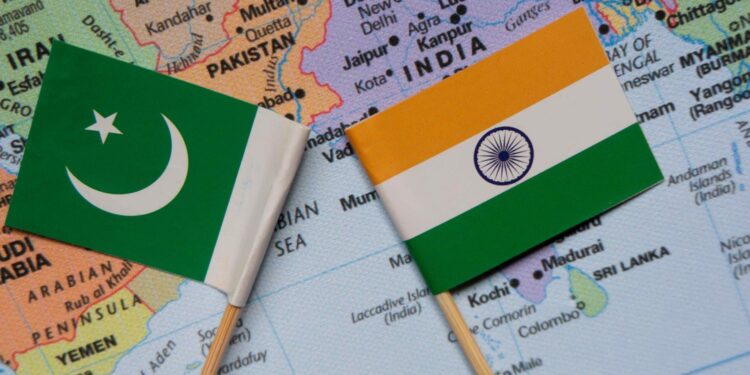Even as there is no great kinetic battles fought, the cyber war is on, India-Pakistan. A continuous cycle of cyber strikes has also been maintained, showing the persistent nature of this cyber warfare.
Cybersecurity specialists and government officials on both sides report a relentless stream of efforts to penetrate critical infrastructure, pilfer sensitive intellectual property and sabotage vital services.
The most recent escalation in cyber hostilities has come after the Pahalgam terrorist attack last month, which had led to a short spike in military tension. While that physical confrontation appears to have de-escalated, the fights in the digital arena have not.
There have been several reports about a steep rise in cyber-attacks targeting India with attackers from Pakistan using methods such as deploying malware, phishing campaigns, and distributed denial-of-service (DDoS) attacks.
Finance, telecommunications, energy, and public sector are its primary targets.
Indian cyber security agencies like CERT-In and Maharashtra Cyber are closely monitoring as well as taking regular action to check them. They have attributed these activities to numerous threat groups, such as APT36 (also called Transparent Tribe) and Team Insane PK.
These groups are said to have wielded sophisticated hacking tools such as Rancor RAT and RunningRAT to access Indian systems illicitly.
(These attacks) have matured, gone from defacing websites to ransomware and data theft — it’s a little more complicated attack than it has been in the past.
There are also concerns concerning the role of artificial intelligence (AI) in augmenting the complexity and impact of these cyber intrusions, as well as the spread of disinformation.
In return, India has been shoring up its cyber defenses. This includes intensified monitoring, creation of a strong protective layer around digital infrastructure, issuance of advisories to critical sectors on maintaining cyber hygiene. Banks, for their part, are on high alert, with some erecting travel tripwires by blocking foreign access to their websites.
Citizens and businesses are being advised to use good cyber hygiene, install security updates, and not to trust online links or attachments.
And the continuing cyber war is an uncomfortable reminder that, even when there is not war with a capital W, countries are now able to fight each other continually in the digital space. This ongoing challenge requires constant watch, strong cybersecurity, and a proactive stance in safeguarding digital sovereignty.
The absence of any obvious “ceasefire” in cyberspace indicates that this virtual battlefield will continue to be a serious locus of concern for India and Pakistan in the near term.
















